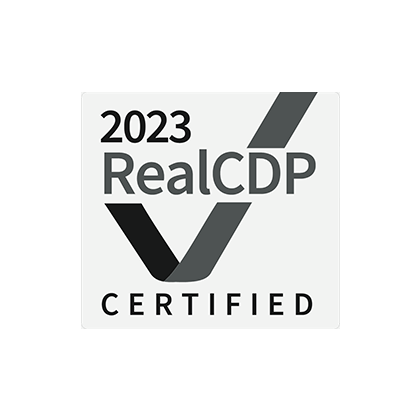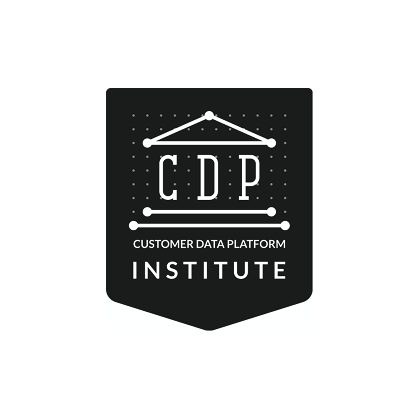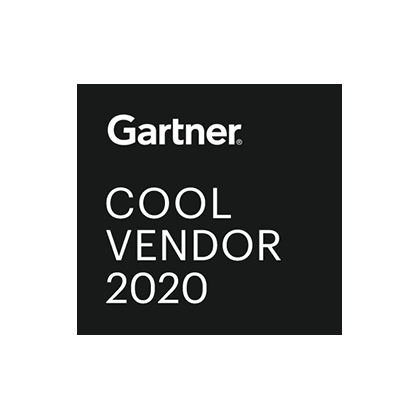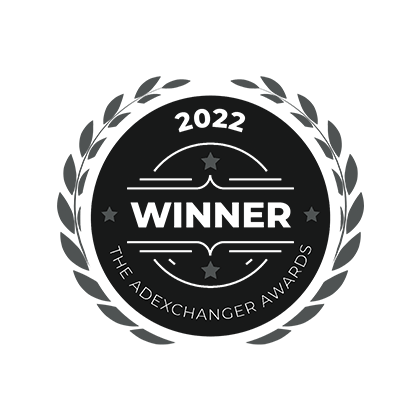To effectively do their jobs, different teams need different tools. Some teams are more concerned with how a customer engages in a product or service, whilst other teams need more granular insights into who their customers are in order to deliver optimised customer experiences.
To aid these different types of teams, there are two different technologies that are often used interchangeably, namely Customer Data Platforms (CDPs) and Customer Relationship Management systems (CRMs).
But it shouldn’t be a case of CDP vs CRM. Instead, it should be a case of businesses knowing which one will better support their team’s needs when it comes to things like marketing strategies or sales communications.
The decisions should be based on knowing how both platforms need to be used to achieve different business goals. For example, CRMs track individual customers and the company’s sales interactions with them, whilst CDPs offer marketers a new way to market to their target audience through various channels.
In this blog, we’ve outlined the key differentiators between CRMs and CDPs and when you should use them.
The Definition of a CDP
A CDP, or a Customer Data Platform, is a platform that creates a single customer view from unified data, which is accessible to other systems, including marketing and customer service tools.
Customer Data Platforms are able to collect data from a multitude of sources, master this data and store it for an indefinite period, creating single customer profiles. These profiles are accessible to other systems within an organisation and are used to enhance marketing campaigns for tailored customer experiences (among other things).
The Definition of a CRM
A CRM, or Customer Relationship Management Platform, is a data-driven software solution that manages and maintains customer relationships, tracks leads and prospects, helps streamline marketing and sales efforts, and delivers actionable data insights.
CRMs collect and store their data from the interactions a company has with its customers. This is usually in a 1-1 scenario, such as a sales email. A CRM can then display in-depth information about an individual customer record, such as contact details, previous conversations and interactions.
CRMS are useful for both B2B and B2C businesses – although the use of the tools differs slightly.
In a B2B context, a CRM facilitates pipeline management and sales efforts: it tracks and displays deals associated with companies and all engagements with contacts at those companies, enabling the business to forecast future revenue and business and making the sales process wholly more accountable and transparent.
In a B2C context, a CRM aids customer-facing departments, such as call-centres or customer service teams, by providing an in-depth customer view. This view includes all sales touchpoints a customer has had with the business, which enables the department to provide both a relevant and personalised customer experience in 1-to-1 interactions.
CRM vs. CDP: what are the key differences?
Although CRMs and CDPs both collect customer data, there are notable differences between the platforms.
Ultimately, the defining difference between a CDP and CRM is their end goal. CRMs manage customer relationships and focus on sales engagement, while CDPs collect and organise customer data to form single customer views used by marketers.
Other key differences are:
- Which data they collect
CDPs collect data from a multitude of sources across the customer journey: this could be a website visit or a marketing email engagement for a new product. This data is collated and used by marketing teams to develop and execute strategies at scale.
On the other hand, CRMs organise customer-facing interactions for sales teams with the goal of helping them track their interactions with a company to better their closing-rate success. A CRM provides customer data, but this data focuses more on contact details and sales interactions to support sales and customer success teams.
- Who they are built for
Part of what sets CRMs and CDPs apart is their end goal, which is tailored to which department they serve best. A CDP is primarily designed for non-customer-facing roles. such as marketers, where a CRM is designed for customer-facing roles, such as a sales team.
CDPs and non-customer facing roles
CDPs help non-customer facing roles like marketing departments, product development and leadership.
By collecting data from multiple sources, a CDP creates a single customer view. This single customer view is then used to identify which marketing tactics are effective or to optimise and personalise communications like targeted advertisements or email campaigns.
This granular customer insight also serves other departments. One example is where product development departments gain a more informed idea of how customers engage with the product, and can then roll out updates or new desired features in place of others.
CRMs and customer-facing roles
CRMs aid customer-facing roles and act as supporting sources of information for sales teams, customer service representatives and customer support teams.
A CRMs primary goal is to help customer-facing employees obtain new business or retain existing business by making the management of individual customer relationships effective and efficient.
CRMs produce a running log of interactions from customer journey touchpoints like email engagement, support tickets, and live chat. Sales teams can create a personalised outreach approach based on the lead or customer’s previous engagements with a business
Additionally, the customer support or success teams can use CRM records to evaluate the number of support tickets a customer has submitted and how many have been successfully resolved. This helps to personalise follow up communications, which keeps a customer engaged by feeling valued—a vital component for customer retention.
- How they gather data
Another way in which CRMs and CDPs are different is in HOW they gather data.
A CDP gathers data automatically
CDPs gather data automatically, using code snippets (such as JavaScript’s analytics.identify and analytics.track) and other data integrations. This allows data to be collected seamlessly from the internet, mobile devices, laptops, and the company’s own app or software.
A CDP will then clean the data it’s collected (through its process of organisation), and make it accessible for marketers to fine-tune their campaigns.
This efficient process is why CDPs are often seen as the answer to data silos caused by a myriad of martech tools: they can tie a multitude of information together to answer how, where and why customers engage with a business, which then guides personalized marketing strategies that increase engagement, retention and ultimately ROI.
A CRM gathers data manually
On the other hand, a CRM manually gathers data. This is because CRMs are a centralised record of all interactions between customers and customer-facing employees.
That means that the first people to come into contact with the data are the employees themselves, as opposed to the customers. This makes it all but impossible to automate as the data gathered is highly specific in its purpose and personalised to the note-taker.
CRM data is also highly specific to the platform itself. Because the data gathered only serves one purpose: to nurture a relationship with the view to sealing business, the data is not as effective when used elsewhere and it can’t supply other teams with anything of substantial value.
- The need they fulfil
As well as differing between who they’re built for and how they’re used, CDPs and CRMs also fulfil two very different needs.
The user accessing the data in a CDP will primarily be another system, like an email marketing tool in a MarTech stack. This is because CDPs deliver scale by allowing systems to merge multiple layers of data into a condensed Single Customer View.
This allows customer records to be better analysed and more accurately segmented so that personalised customer journeys can be developed.
On the other hand, the user accessing the data in a CRM will be a human in a role such as a sales representative. That’s because, unlike CDPs who deliver scalability, CRMs deliver depth.
CRMs do this by improving how businesses interact with their customers. They collate historical and current data to create records full of information that sales teams can use to better nurture prospects and build relationships.
CRM vs. CDP: Which one is right for you?
Due to the way that CDPs and CRMs manage data in different ways, solve different problems and aid different teams, we now know it’s not “CDP vs a CRM” but more knowing which will be the most effective (if not both) in fulfilling a businesses needs.
In one instance, you should use a CDP if your marketing, product development and leadership teams need to change a fragmented marketing landscape into a unified one, and better understand who the business’s customers are and how they engage.
You may also see a debate around CDPs vs DMPs as possible solutions for customer data management.
On the other hand, if your business needs a tool to more effectively manage and nurture customer relationships through front-facing support channels, use a CRM. A CRM will provide personalised data solely able to be used by customer sales teams to create better relationships with new customers, and maintain strong relationships with existing ones.
CRMs and CDPs are not mutually exclusive, however. CRM data may be able to help inform your customer profile in a CDP. For example, if you have access to this information about your customers already from CRM profiles – then it would make sense for you to utilise both platforms when looking at building a more comprehensive view of them.
To start futureproofing your marketing stack, speak to us today.

































